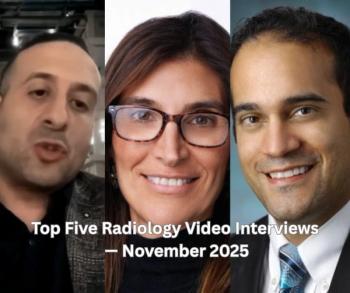
Tools for Measuring Quality and Safety in Radiology
Tools to help measure quality and safety in radiology as presented at ARRS 2015.
Humans are prone to mistakes, so when it comes to quality improvement and safety in radiology, it’s not about going after the individuals, it’s about improving the process that allowed the error to take place.This is the message Eric Walker, MD, of Penn State Hershey Radiology instilled at the ARRS 2015 annual meeting in Toronto last week.Walker described the initial push for quality and safety in medicine as the 1999 publication of To Err is Human, which was distributed by the Institute of Medicine. All too often, medical errors result in death, so the need for quality and safety is real and crucial.The ACR defines quality as “the degree to which health services for individuals and populations increase the likelihood of desired health outcomes and are consistent with current professional knowledgeâ¦quality is the extent to which the right procedure is done in the right way, at the right time, and the correct interpretation is accurately and quickly communicated to the patient and referring physician.”When it comes to improving quality, metrics or key performance indicators (KPIs) are essential. Whether it’s quality control (verifying and maintaining quality; establishing acceptable ranges of measurements and intervening when metrics fall outside these ranges) or quality assurance (collecting and evaluating data that focuses on KPIs or metrics that affect the quality of services), there is nothing to measure if metrics are not established.Walker gave the example of metrics in his radiology department: hand hygiene, report turnaround time, participation in peer review, and patient wait times.In diagnostic imaging, Walker cited common safety metrics as patient falls, medication or contrast delivery errors, and sentinel events. He also gave examples of graphic analysis tools, which assist with mapping out processes, identifying potential pitfalls, and preventing errors. These are presented in the accompanying slideshow.
Newsletter
Stay at the forefront of radiology with the Diagnostic Imaging newsletter, delivering the latest news, clinical insights, and imaging advancements for today’s radiologists.



























